How to Play
The object of Dutch Blitz is to be the first player to reach 75 points. Each player takes a deck of 40 cards and shuffles it. After shuffling each player takes the top three cards and places them in front of them to form the Post Piles. The next ten cards are then placed face up to form the blitz pile. The rest of the cards are kept in the player’s hand.
During each round all of the players play at the same time. A round ends when one player is able to play all of the cards from their blitz pile. Players can play cards in two different places.
- Cards can be played in the center of the table in a Dutch pile. Every Dutch pile is started with a #1 card of any color. Whenever a player encounters a #1 card they must play it to the center of the table to form an additional Dutch pile. Additional cards may be placed on any Dutch pile as long as it is the same color as the Dutch pile and the number is exactly one higher than the top card on the pile. For example only a red three card can be played on a Dutch pile with a red two as the top card.
- Players can also play cards on their own post piles (the three piles created at the beginning). If there are fewer than three post piles (a card from the post piles had been played to a Dutch pile in a previous move), a card can be played to start a new post pile. To play a card on a non empty post pile, the card played has to be a number one lower than the top card on the post pile. The card’s color also has to be different and cards need to alternate between having a Dutch Boy and Girl in the corners. For example if a post pile’s top card is an eight green Dutch girl card, a seven card of any color other than green that features a Dutch boy can be played.
Cards can be played from the post piles, blitz pile, or the player’s hand. To use cards from the player’s hand they draw the first three cards from their hand to form the wood pile. The current top card from the wood pile is able to be played. Players are allowed to keep going through their hand in this fashion placing every third card at the top of the wood pile. When a player has depleted their hand they take the wood pile back into their hand without shuffling the cards. The player is then able to continue to go through their hand by placing the third card face up.
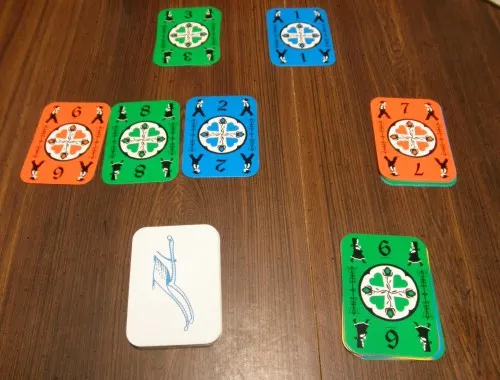
Players continue playing cards from their wood pile, post piles, and blitz pile until one player has played every card from their blitz pile to the dutch piles or their own post piles. All of the other players must stop immediately. Each player counts up how many cards they have remaining in their blitz pile and they receive -2 points for each card. All of the cards played to the Dutch piles (piles in the middle of the table) are then sorted by each player’s deck and counted. Each player receives one point for each card that they were able to play to a Dutch pile.
After all points have been scored, players retrieve all 40 cards of their deck, the decks are shuffled, and a new round is begun. Whenever a player reaches 75 points, they win the game. If two or more players reach 75 points after the same round, whoever ends up with the most points is the winner.
My Thoughts
The game Dutch Blitz has an interesting history. According to the Game’s Official Website Dutch Blitz was first developed by a man named Werner Ernst George Muller. Werner Ernst George Muller was a German immigrant who created the game to help his children learn colors and numbers. Over time the game became popular among Pennsylvania Amish and Dutch before continuing to spread through Christian groups.
Despite being a pretty simple game, Dutch Blitz is actually a very good game. The game is fun to play and is easy to pick up. The easiest way to describe Dutch Blitz is to compare it to the game Solitaire. Dutch Blitz is essentially Solitaire if you made the game multiplayer and sped it up quite a bit. Like Solotaire you try to play cards by building piles from low to high (the Dutch piles) while storing cards in piles that you currently can’t use in piles that go from high to low (post piles).
Unlike Solotaire, Dutch Blitz is more competitive and is faster paced. A quick reaction time is important in Dutch Blitz. You need to be able to quickly determine what cards you can play and where you can play them. You need to be quick since other players will have the same cards and will try to get their card on the Dutch pile before you can play yours. Dutch Blitz can become a pretty competitive game especially when all of the players are down to their last couple of cards. If you love games with a competitive nature, I would be surprised if you did not like Dutch Blitz. If you don’t like these type of competitive games, you will not like Dutch Blitz.
In a simple card game like this, usually there is only one way to win and that usually requires quite a bit of luck. Dutch Blitz eliminates some of the luck by allowing you to still do pretty well even if luck was not on your side. You most likely won’t win a hand in which you had bad luck but you can at least mitigate quite a bit of damage. Luck is still present in the game though, which is one of the game’s weaknesses.
In addition to reducing the affect of luck, the scoring system actually allows you to win in multiple ways. It is refreshing that the first person to play all of their cards from their blitz pile is not always the winner of the hand. Due to getting points for each card played in a Dutch pile you can actually get more points than the player who cleared their blitz pile if you end up playing a lot of the cards in the Dutch piles. In fact in the game that I played this actually occurred in several rounds. The scoring system forces players to focus both on eliminating cards from their blitz pile as well as trying to play as many cards to the Dutch piles as possible. If you only focus on playing the cards from your blitz pile, you will end up playing less cards and will thus not receive as many points. If you only focus on playing cards though, you will receive a stiff penalty from all of the cards left in your blitz pile.
While Dutch Blitz is a good game, there are many games that are very similar to it. The games Nertz, Ligretto, and Solitaire Frenzy are just three games of many that have only slightly different rules. Ligretto actually sound like the exact same game without the Dutch Boy/Girl rule. I am not sure which game was created first so I can’t say who copied who. If you already own one of these similar game though, it really doesn’t make sense to pick up Dutch Blitz.
Another issue I had was with the Dutch boy/girl rules. In the frenzy of the game it is sometimes hard to tell the difference between the two and you almost end up playing a wrong card in one of your post piles. After playing the game I realized that the blue and red cards of each deck feature Dutch boys and the green and yellow cards feature Dutch girls. The Dutch boys and girls should still have been larger on the cards though in order to make them easier to see during the game. In addition to sometimes being hard to see if a card is a Dutch boy or girl card, I question their importance to the game. I think they add unnecessary difficulty to the game. If they were eliminated though I think it would be too easy to build up the post piles. So at this time I don’t know if the Dutch boys and girls are a good or bad addition to the game.
The final complaint I have with the game is the cards themselves. I think the artwork is pretty nice except for the Dutch girl/boy being too small. My problem is with the card stock. The cards are pretty thin. In a game like this, that could be a problem since when multiple people are trying to play their card on the same pile I can see cards getting bent pretty easily. I wish the game would have come with thicker/stiffer cards which would have prevented the cards from creasing. Newer versions of the game may have fixed this problem.
Final Verdict
I was actually quite surprised by Dutch Blitz. The game is quick to pick up and play and it is quite fun. I plan on keeping my copy of the game. If you are not a fan of card games or like to play slower paced/less competitive games, Dutch Blitz may not be for you. If you do like quick and competitive card games though you will probably like Dutch Blitz. If you don’t already have one of the other similar games I would recommend picking up Dutch Blitz.
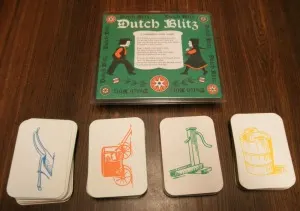
Dutch Blitz
Year: 1960
Publisher: Dutch Blitz Games Company
Designer: Werner Ernst George Muller
Genres: Card
Ages: 8+
Number of Players: 2-4
Length of Game: 5-10 Minutes Per Hand
Difficulty: Light-Moderate
Strategy: Light-Moderate
Luck: Moderate
Components: 4 decks of 40 cards, instructions
Where to Purchase: Amazon, eBay
Any purchases made through these links (including other products) help keep Geeky Hobbies running. Thank you for your support.
Pros:
- Easy to pick up and play.
- Quick and fun game to play.
Cons:
- The card quality is below average.
- There are quite a few other games that are quite similar.
Rating: 4/5

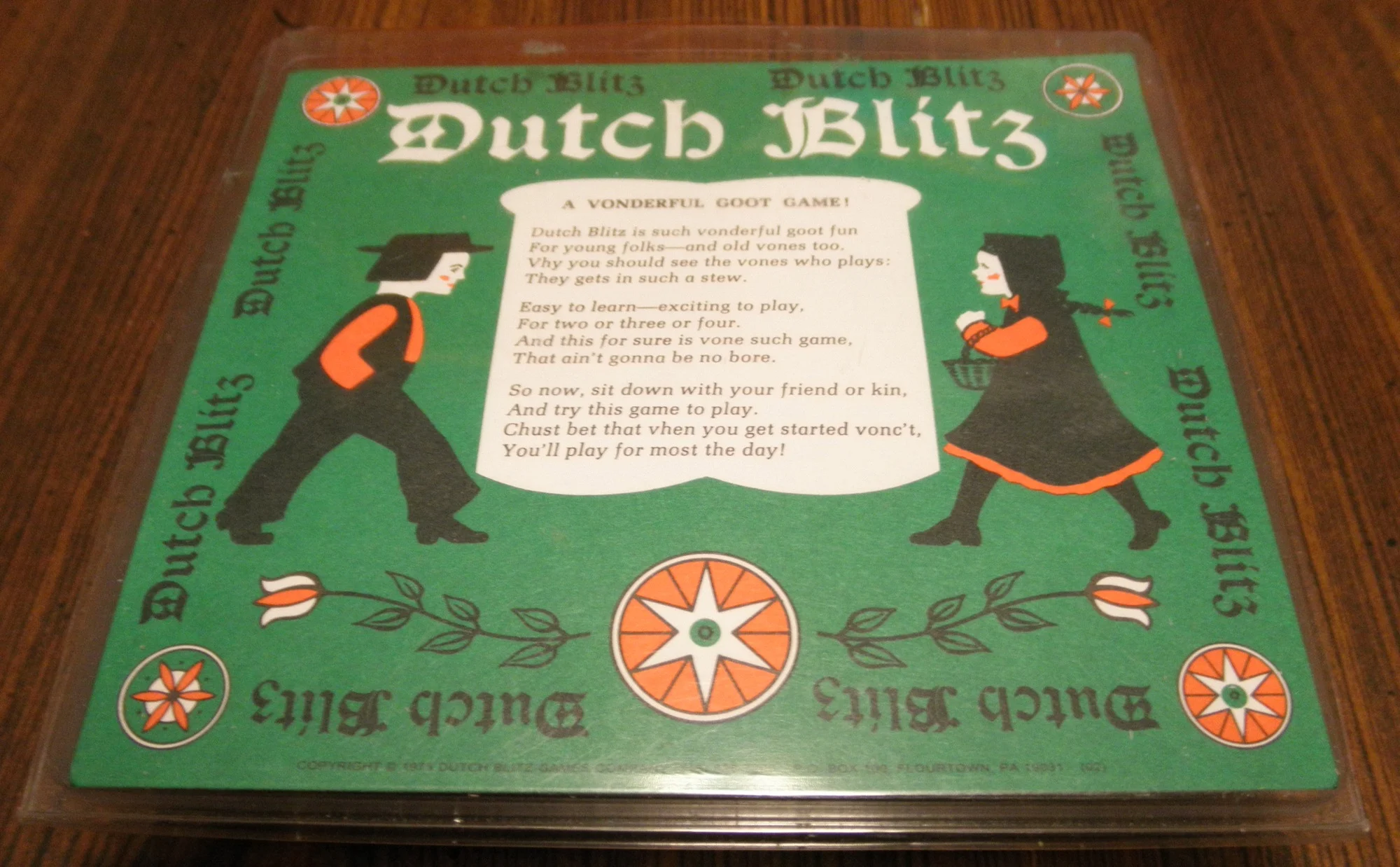
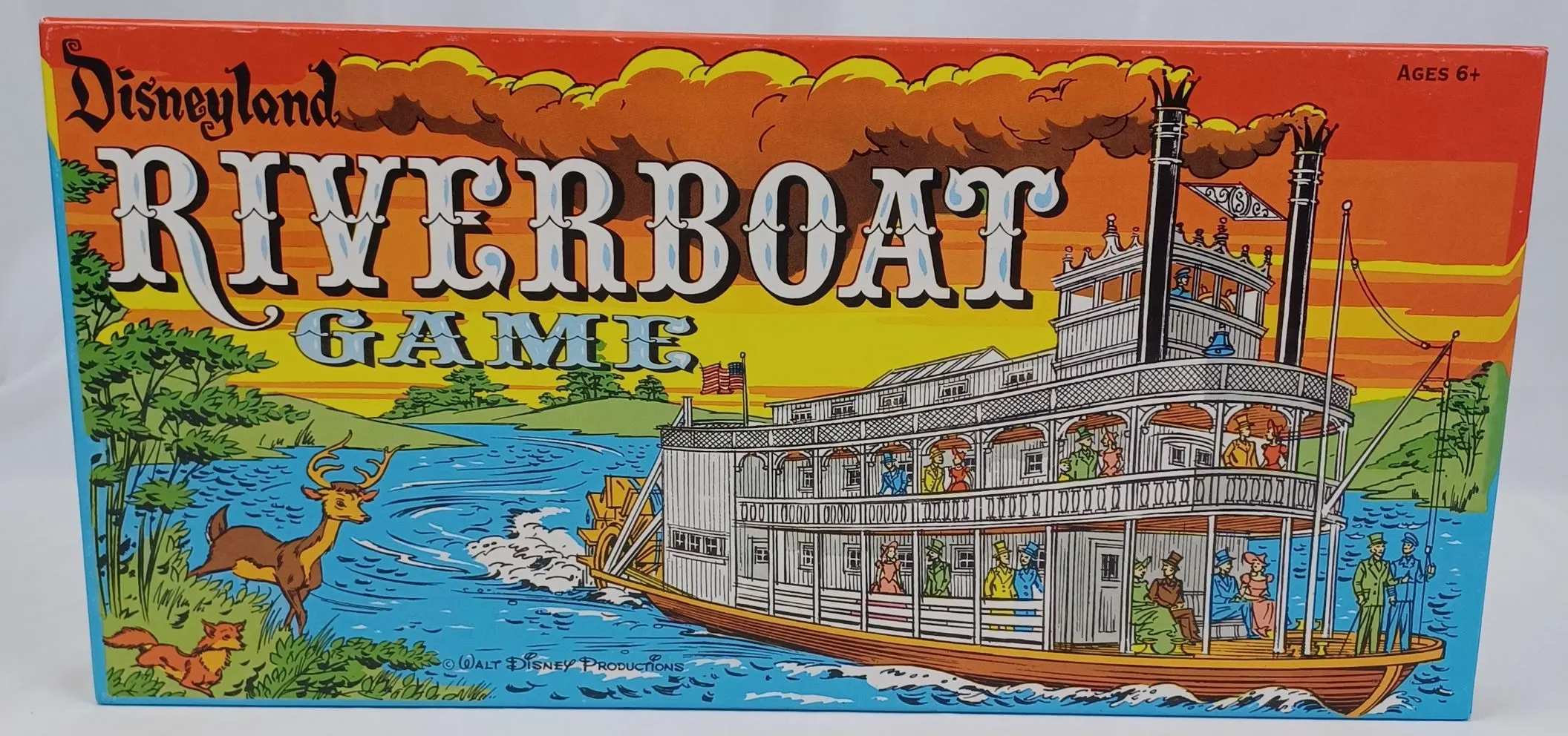
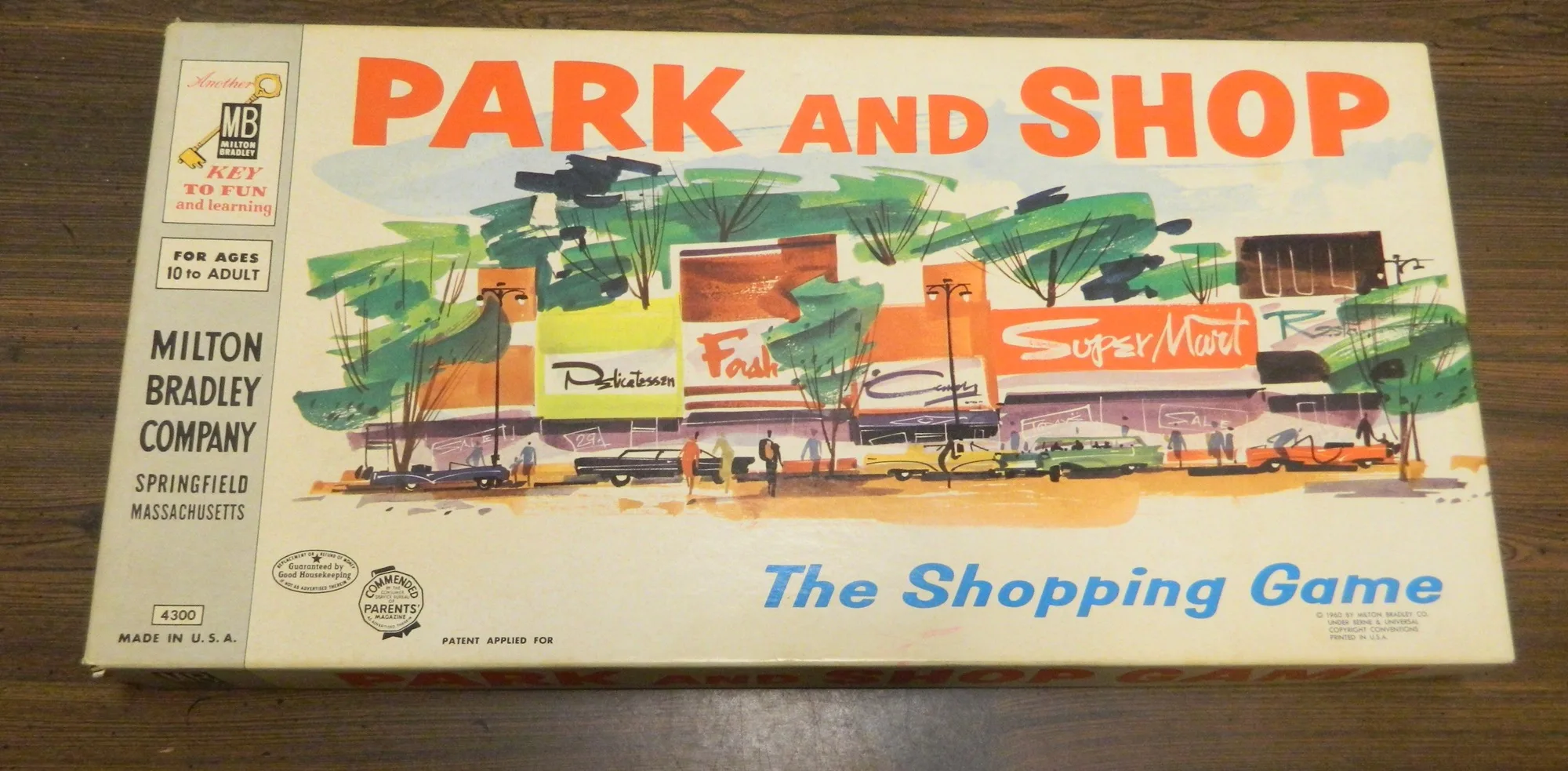
Rhon
Saturday 18th of August 2018
We love this game! We like to play with a bigger group of people. We play with a partner. One partner runs the Blitz pile (the stack of 10 cards and the 3 laying face up) and the other partner plays the hand cards where you flip through by 3's. This makes the game move faster. Usually we don't add cards to the post stacks. We decide this before starting the game. We refer to that part of the game as the "marrying" part. I think it was more rules to learn for beginners so it was just left off.
Ratuki Card Game Review and Instructions | Geeky Hobbies
Thursday 9th of July 2015
[…] reason I really like the quick paced free for all card game genre as evidenced by my reviews of Dutch Blitz and Blink. It is hard to explain why I enjoy these quick action card games but I just find these […]